Fire Detectors
Fire detectors are available for residential, commercial, and industrial use. Models are available for both single and multiple stations, as well as system applications. There are a number of different types of detectors available, including smoke, flame, heat, and gas detectors. This handout provides basic information on the operation and application of fire detectors.
Smoke Detectors
Smoke detectors are designed to provide early warning for a fire, involving ordinary combustible materials, that is expected to progress through distinct incipient and/or smoldering stages. The type, volume, and density of smoke produced during the fire development process will vary greatly depending on the fuels involved and the amount of oxygen available. Typically, the greatest volume of visible smoke is produced during the ignition (incipient) stage and the smoldering stage.
While there are a number of different types of smoke detectors available, the two most commonly used smoke detectors are the ionization and photoelectric types.
Ionization Detectors
The ionization smoke detector reacts to both visible and invisible products of combustion. This spot-type detector contains a small radiation source that produces electrically charged air molecules called ions. The use of a long, half-life radioactive source, coupled with low energy consumption, gives the ionization detector long life expectancy with minimal maintenance. Ionization-type detectors respond better to a flaming fire. Ionization detectors are not suitable for use in applications where high ambient radioactivity levels are to be expected. High ambient radiation reduces the detector’s sensitivity.
Ionization detectors have been known to react to non-fire-generated particles of combustion and the presence of ozone, ammonia, or insects. Single chamber ionization detectors installed in higher altitudes usually require a modification in sensitivity during installation.
Photoelectric Detectors
There are two types of photoelectric detectors: beam and light scattering, both of which consist of a light source, a collimating lens system, and a photosensitive cell. In a beam-type photoelectric detector, a light beam is directed at a photocell; when smoke interferes with the beam, the infrared light reaching the receiver drops, initiating a signal. The light scattering photoelectric detector detects smoke by sensing the light reflected by smoke particles. When the smoke particles are dense enough to reflect a predetermined amount of light, the detector’s circuit actuates the alarm. Photoelectric detectors respond better to a smoldering fire.
Air Sampling Detectors
Air sampling detectors draw a small amount of air from a target area into a detection device. Typically, these samplers use a light scattering detection method to analyze the particles found in the sampled air. These detectors can be calibrated to produce a high degree of sensitivity based on the area protected.
Linear Beam Smoke Detectors
The linear beam smoke detector operates on the same principle as the photoelectric smoke detector in that a light source is directed on a photosensitive receiver. The difference is that this type of detector consists of two separate units: a light source, or transmitter, that emits an invisible infrared beam, over open-area distances of 35 to 300 ft (10.7 to 91.4 m), and a light receiver. This type of smoke detector has many applications, such as atriums, airport terminals with very high ceilings, aircraft hangars, churches, and large open facilities.
Smoke Detector Use:
Smoke detectors are designed to provide early warning for a fire, involving ordinary combustible materials, that is expected to progress through distinct incipient and/or smoldering stages. The type, volume, and density of smoke produced during the fire development process will vary greatly depending on the fuels involved and the amount of oxygen available. Typically, the greatest volume of visible smoke is produced during the ignition (incipient) stage and the smoldering stage.
Smoke Detector Effectiveness:
Even with ready access to low cost and, at times, free smoke detectors, exposure to fire and smoke is responsible for thousands of deaths and billions of dollars in property damage each year. One challenge for many property owners is determining what type (i.e., design) of smoke detector to purchase and where to install the units. Some detectors are more effective (respond quicker) to flaming combustion, while others respond better to smoldering combustion. Likewise, some detectors are more prone to false activation from environmental factors than others.
Flame Detectors
Flame detectors are primarily intended to protect areas where anticipated fires will develop quickly, with little or no incipient or smoldering stages, or where ignition is almost instantaneous (i.e., flammable liquids and combustible gas fires, explosions, and flash fires). A flame detector optically senses radiation given off by flames or glowing embers. Types of flame detectors include:
Infrared (IR) Flame Detectors
The infrared flame detector senses light at the extreme, high end of the light spectrum. Flicker-flame detectors are infrared detectors capable of sensing the typical flicker of a flame. With the flicker-flame unit, if the initial flames are directly hidden from the unit, the flickering light (or radiation) being reflected, such as off a ceiling or wall, is adequate for initiating an alarm.
Ultraviolet (UV) Light Detectors
The ultraviolet flame detector’s sensing element usually consists of either a solid-state device, such as silicon carbide or aluminum nitride, or a gas-filled tube in which the gas is ionized by ultraviolet radiation. This causes the materials to become conductive, resulting in the initiating of an alarm.
Combination Flame Detectors
Combination UV/IR flame detectors are designed to see portions of both light spectrums and use the resulting composite signal to initiate an alarm. These detectors generally require both UV and IR light sources fitting a particular frequency to cause an alarm. This process results in fewer false alarms due to the finite combinations of frequencies accepted.
Spark Detectors
While not a true flame detector, spark detectors identify radiant energy produced by sparks and embers in closed environments, such as air ducts. Sparks produce both IR and visual light, and as such, these detectors detect those light spectrums and, through processing circuits, initiate a signal based on the concentrations of these two sources.
Heat Detectors
Heat detectors respond to the thermal energy of a fire. They are generally located at or near the ceiling of a building and are best suited for fire detection in small confined spaces where rapidly growing, high-heat output fires may be expected. Heat detectors are designed to sense a pre-described change in the physical or electrical property of a material exposed to heat. They may respond either at a fixed temperature, a specified rate of temperature change, or both.
Fixed Temperature Detectors
Fixed temperature detectors (spot or continuous line type) are designed to activate an alarm when the temperature of the operating element reaches a specified value. Spot detectors are located in a protected area and each provides an independent initiation source. Continuous line types consist of a pair of wires in a twin wire or a coaxial type of conductor that stretches across the protected area. When the wire’s insulation melts, under fire conditions, the wires short, causing an alarm.
Rate-of-Rise Detectors
One effect that a fire has on the surrounding environment is to generate a rapid increase in the air temperature in the area above the fire. The rate-of-rise detector is designed to activate when the rate of temperature change exceeds a predetermined value, typically around 15°F (8.3°C) per minute.
Combination Rate-of-Rise/Fixed Temperature Detectors
Combination detectors are designed to incorporate both rate-of-rise and fixed temperature detectors into one unit. Rate-of-rise detectors will not activate if the rate of temperature rise is less than the specified value, and thus, extreme temperatures might be permitted to develop slowly with no alarm. For this reason, heat detection devices that operate on both the rate-of-rise and fixed temperature principles are available.
Gas Detectors
Gas detectors operate by sensing gases produced by a fire. The presence of certain gases, or aerosols, causes a reduction in the surface resistance of the sensor, resulting in an increased current flow that is used to trigger an alarm. This device will only detect fires that burn with incomplete combustion, which produce significant quantities of gases, as opposed to fires that burn with complete combustion and produce relatively little or no gases.
Article Source : AIG

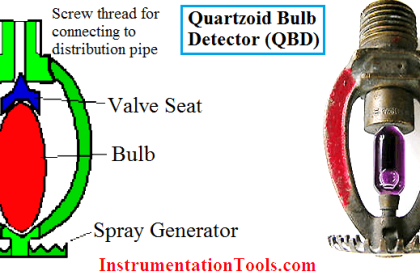
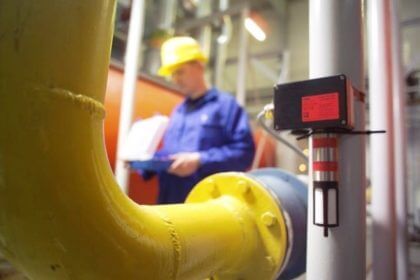




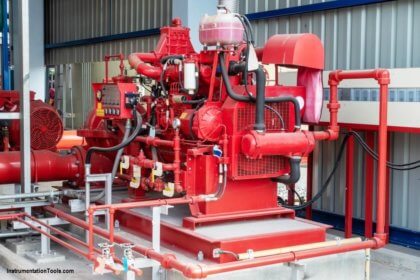
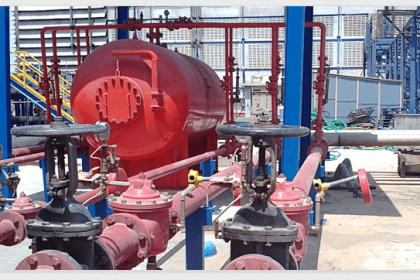
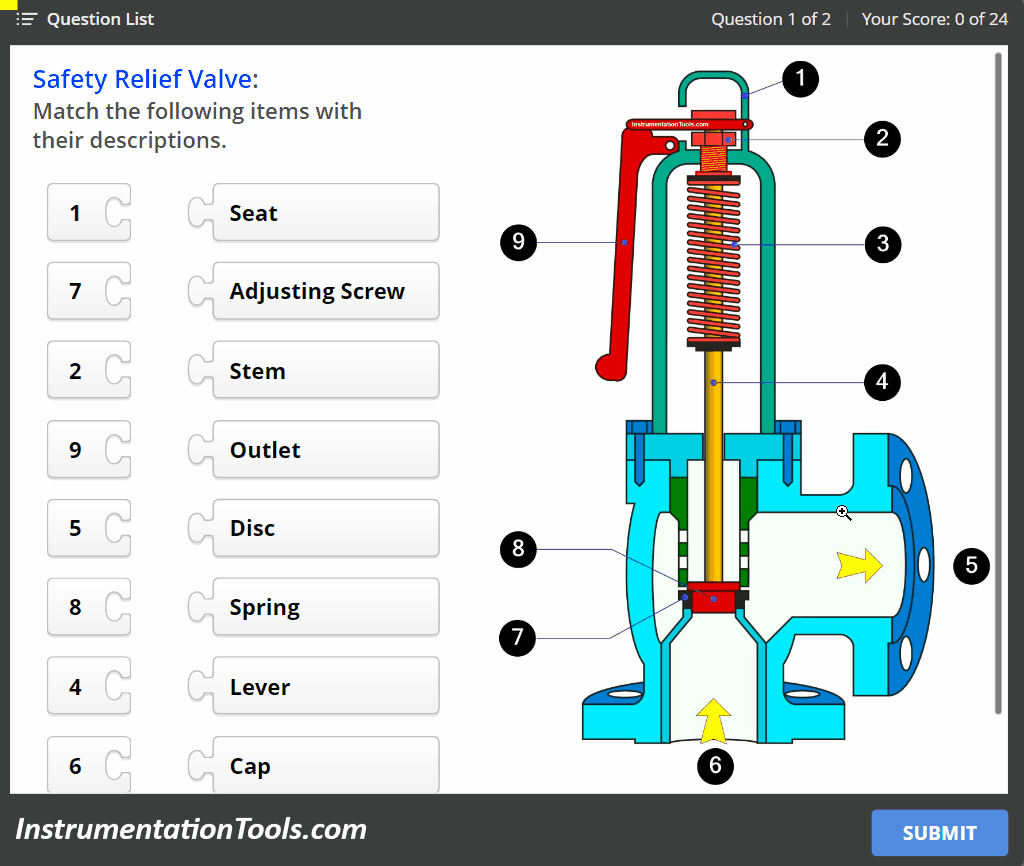
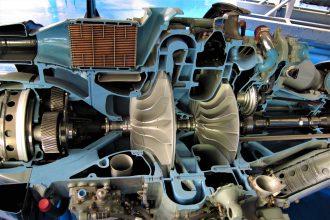


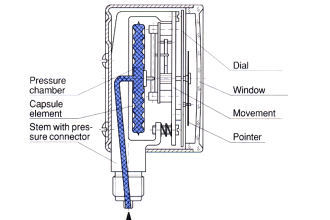



valuable information about fire&gas detectors.
Skillful Work! I would like to thanks for sharing a detailed information for Fire and Smoke detectors. After reading this post, I am able to understand the process of these detectors. Thanks@ S Bhardwaj Reddy.